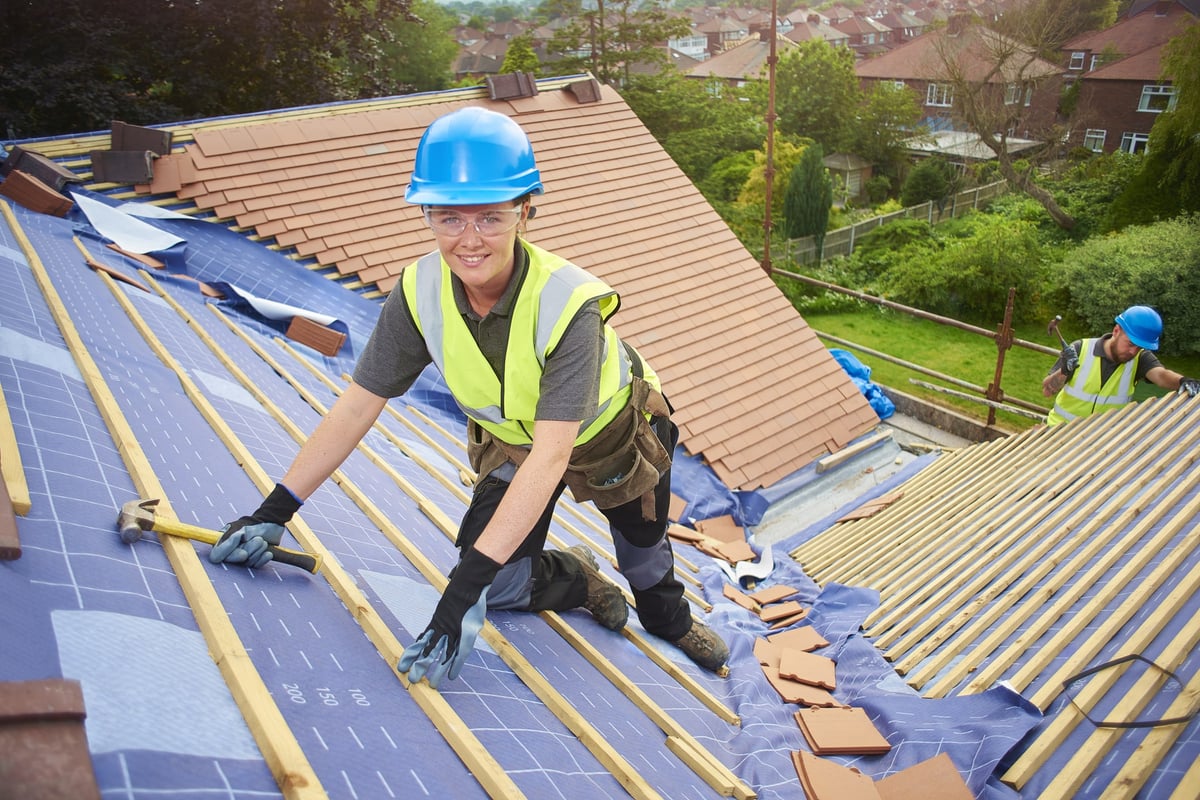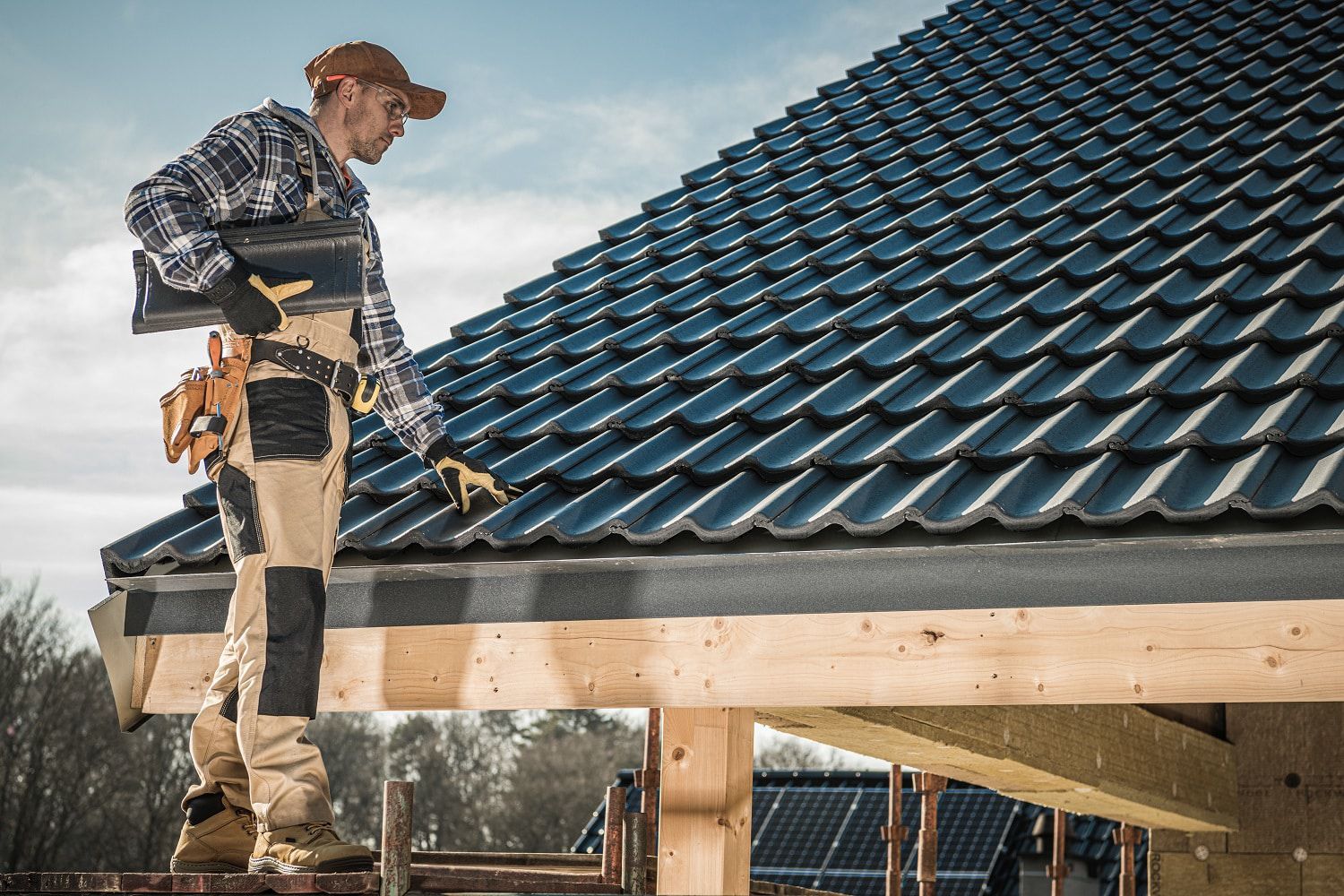Find a skilled Roofer to handle all your commercial roofing needs.
Find a skilled Roofer to handle all your commercial roofing needs.
Blog Article
Just How to Assess Different Roof Choices for Your Building Demands
Assessing roof covering choices for your building calls for a comprehensive technique that thinks about different aspects such as the intended use of the framework, neighborhood climate conditions, and product features. It is essential to consider the benefits and drawbacks of different roof types, from asphalt roof shingles to steel and clay tiles, while additionally factoring in initial costs and long-lasting upkeep. In addition, understanding energy effectiveness and visual charm can affect your decision. As you consider these considerations, one question remains: which variables will ultimately assist your choice for a sustainable and visually pleasing roof covering solution?
Assessing Your Structure's Needs
To effectively assess roof covering choices, begin by extensively analyzing your structure's needs. Beginning by thinking about the structure's meant use, as different structures may require varying roofing requirements. For circumstances, household roofs typically prioritize aesthetics and insulation, while business structures may concentrate on durability and load-bearing capacity.
Next, examine the local climate problems that will influence roof covering efficiency. Aspects such as temperature fluctuations, precipitation levels, and wind patterns can affect product selection and design. A roof system that stands out in a warm climate may not do as well in locations prone to hefty snowfall or severe heat.
Furthermore, assess the architectural stability of your structure. Make sure that the existing framework can sustain the chosen roof covering materials, especially if thinking about heavier choices. It is likewise essential to assess any kind of local structure codes or guidelines that might dictate details demands for roofing systems.

Comparing Roofing Materials
Once a comprehensive evaluation of your building's needs has actually been completed, the next action includes contrasting different roof covering products. Each product provides distinct benefits and disadvantages, making it necessary to straighten your choice with your specific needs and conditions.
Asphalt tiles are widely identified for their affordability and simplicity of setup, making them a preferred alternative for property buildings. On the other hand, metal roof covering, understood for its resilience and longevity, can hold up against rough climate condition but might feature a higher initial financial investment.
Clay and concrete tiles provide superb thermal insulation and aesthetic appeal, especially for Mediterranean-style architecture, yet they call for an even more durable structural support because of their weight. Wood drinks deal an all-natural look and good insulation homes but might demand extra maintenance and are susceptible to fire risks.
Examining Price and Budget Plan
Assessing your roof covering choices demands a careful evaluation of price and budget factors to consider. The general budget plan for a roof covering job comprises a number of factors, consisting of material costs, labor expenses, upkeep, and possible long-term savings. It is vital to develop a clear budget prior to discovering certain roof products, as this will certainly guide the decision-making procedure and aid you prevent overspending.
Begin by obtaining quotes from multiple contractors to recognize labor costs in your region. Make sure that these estimates consist of all required services, such as removal of the old roofing system, installation, and any type of additional attributes, like insulation or air flow improvements - pop over to this site Roofing Contractor. Next, analyze the cost of numerous roof products, thinking about both initial installment expenses and expected life expectancy

Understanding Energy Efficiency
Energy effectiveness plays a critical duty in the choice of roof covering materials and systems, considerably influencing both energy intake and general comfort within a building. A well-chosen roof can boost thermal efficiency, decreasing the demand for heating and cooling down systems, which subsequently lowers energy costs and decreases ecological effect.
When assessing roofing options, consider products that reflect instead than absorb warmth. In addition, appropriate insulation and ventilation are crucial to maximize the energy efficiency of the whole roof covering system.
An additional important aspect is the roof's long life and maintenance demands. Long lasting materials that call for much less regular replacement contribute to lasting energy savings. The energy performance of a roof covering system can likewise be evaluated through its compliance with well-known sustainability ratings such as Power CELEBRITY or LEED.
Thinking About Visual Allure
A roofing's visual allure dramatically influences the general look of a building, matching its architectural design and enhancing curb appeal. Roofing Contractor. When evaluating roof covering options, it is necessary to take into consideration how the chosen product, shade, and design will balance with the existing structure and neighborhood. A well-designed roof covering can elevate even the easiest of buildings, changing them into aesthetic focal factors
Different roofing products supply various aesthetic qualities. Typical tiles may evoke a classic charm, while steel roof can present a modern, streamlined important link look. In addition, the shade of the roof product plays an important function; lighter tones can make a building show up more large, while darker tones might produce a cozier atmosphere.
Moreover, building components, such as dormers and eaves, can boost the roof covering's aesthetic influence. It is advisable to speak with expert developers or architects to ensure the selected roofing alternative aligns with the general style intent. Inevitably, a roof needs to not only give useful benefits but also contribute positively to the structure's aesthetic, showing the proprietor's preference and the personality of the surrounding atmosphere.
Verdict

Report this page